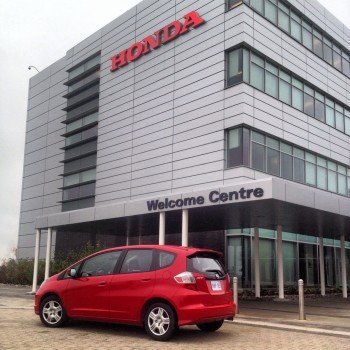Honda: Localization Will Speed Up Development Times For Next-Generation Fit

Aside from strengthening R&D bases in emerging markets like Brazil, where Honda plans to double its staff from 100 to 200 workers, the move comes as consumers are able to instantly access information on new model launches across the globe, thanks to the internet. Consumers have apparently become impatient with having to wait for a new model roll out and are reluctant to purchase an older car if a new one is said to be around the corner. The unified rollout schedule will apparently solve that issue.
The last generation Fit was introduced in 2007, but it took until 2009 to be introduced across the globe. The lag time stemmed from making changes so that the Fit could be built at various assembly plants using locally procured parts. With the next generation Fit, different regions will draw up their own designs best suited for regional production and local parts suppliers. The changes will likely be a number of “under-the-skin” differences related to vehicle assembly rather than fundamental cosmetic or mechanical differences.
Related News


